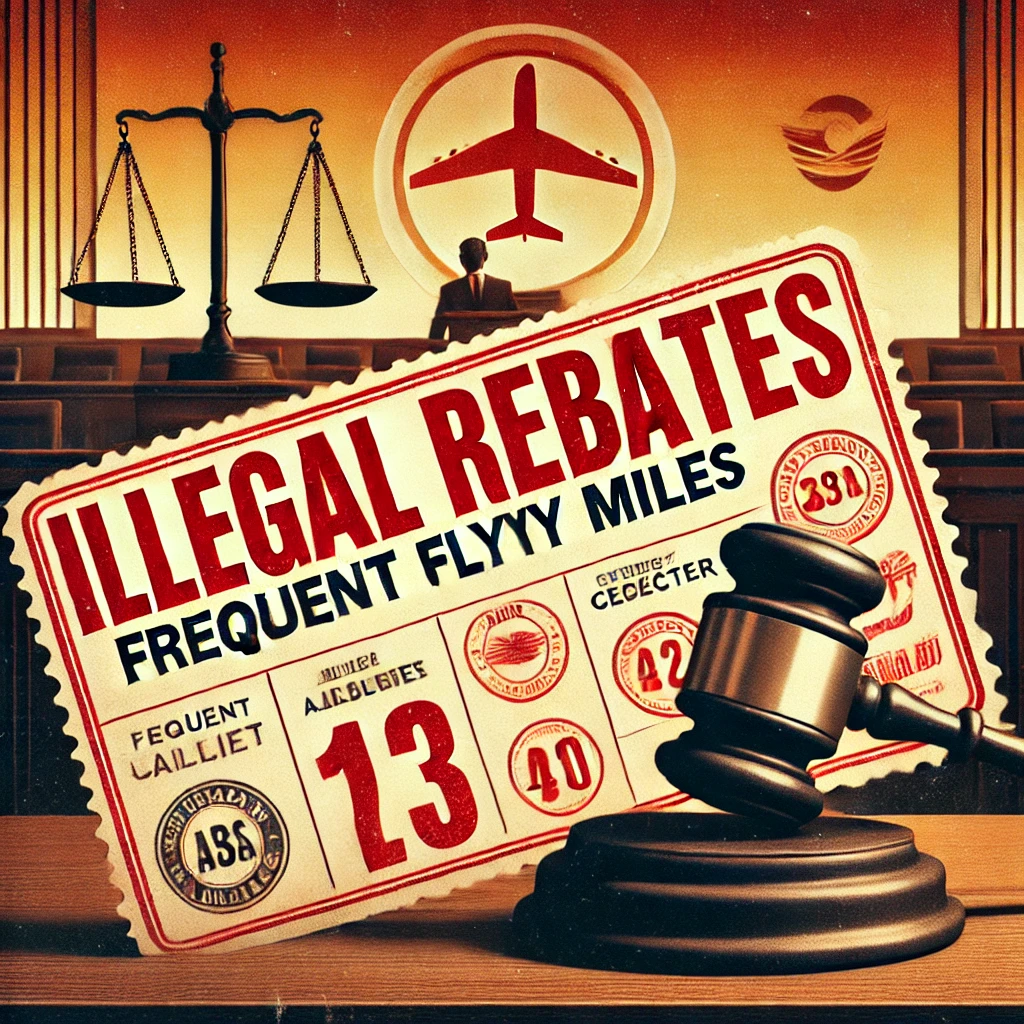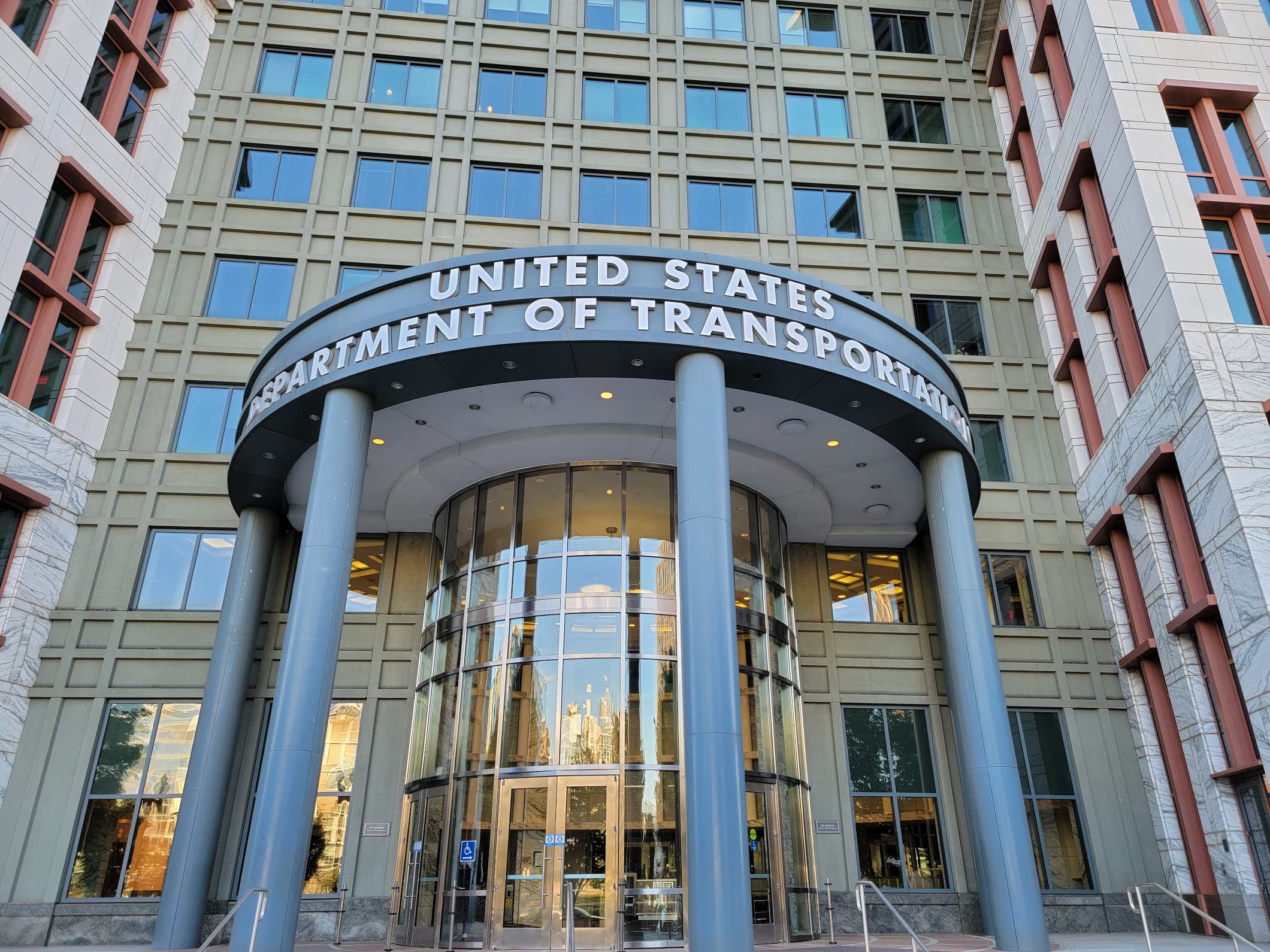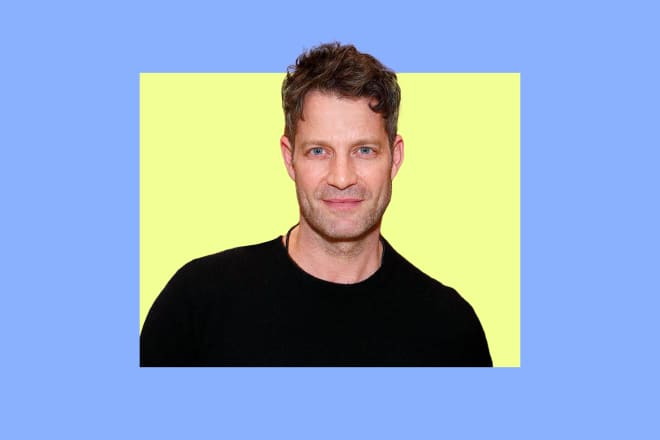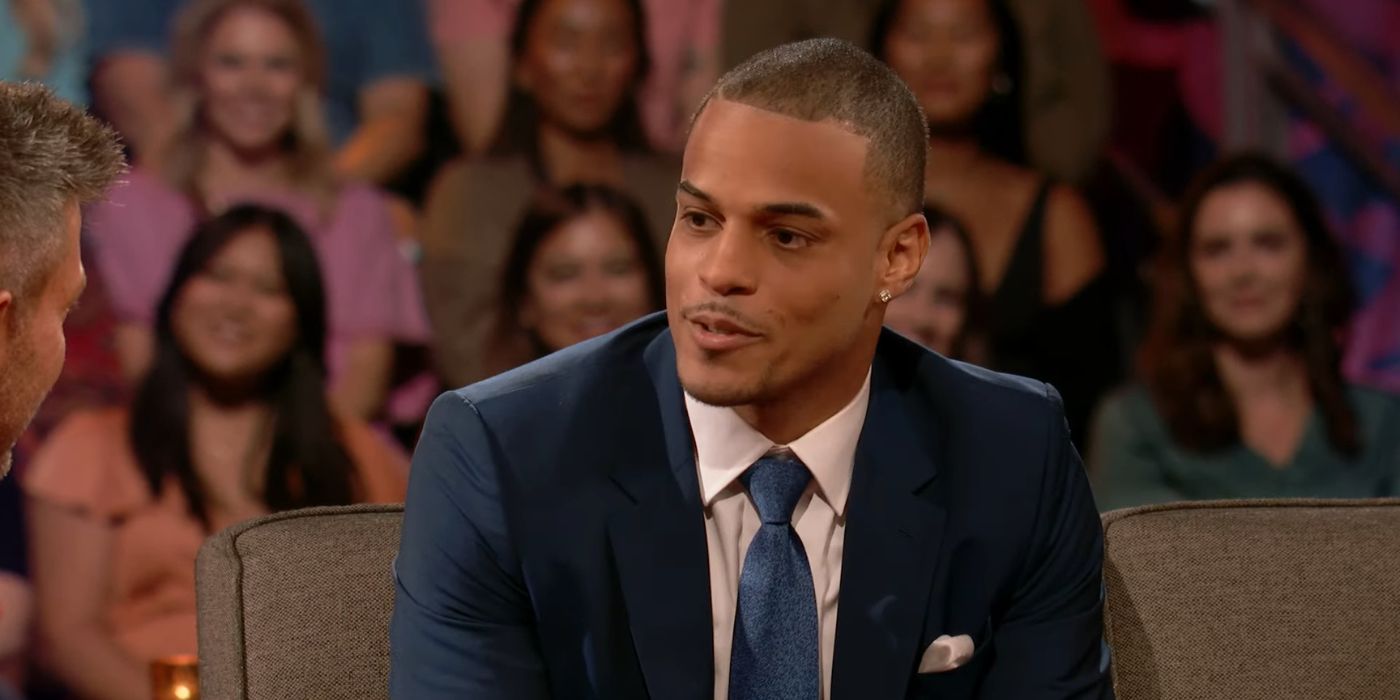Dead and Dangerous: Horror’s Most Terrifying Ghosts
We’re all afraid of ghosts to some extent. Not only do these spectral creatures somehow exist outside the laws of rational reality, they embody the ever present shadow of death slyly hanging over us all. Whether benevolent or benign, ghosts linger in our world for a variety of reasons. Some are driven to complete unfinished […] The post Dead and Dangerous: Horror’s Most Terrifying Ghosts appeared first on Bloody Disgusting!.

We’re all afraid of ghosts to some extent. Not only do these spectral creatures somehow exist outside the laws of rational reality, they embody the ever present shadow of death slyly hanging over us all. Whether benevolent or benign, ghosts linger in our world for a variety of reasons. Some are driven to complete unfinished business or protect a loved one from across the veil while others simply enjoy harming those of us still among the living.
Now playing in theaters, Steven Soderbergh’s Presence (get tickets now) explores the motivations of an unseen spirit haunting the Payne family in their new suburban home. Told from the phantom’s point of view, we watch as this mysterious being causes chaos in the house while attempting to deliver a horrific message. Though their story is uniquely terrifying, the Payne family are not alone. The horror genre is filled with dangerous spirits who linger far beyond their moment of death.
With varied intentions and supernatural abilities, each of the following ghosts horrify audiences by terrorizing the unlucky souls who cross their path.
The Woman in Black (2012)

The appearance of a ghost provokes a variety of responses. Some are thrilled to have proof of the afterlife while others recoil from this visual reminder of death. But the frightened residents of Crythin Gifford know that seeing the ghostly Woman in Black can mean only one thing. Each manifestation of this tortured spirit coincides with the brutal death of a child from the village, punishment for loving parents who enjoy the happiness she was denied.
Adapted from Susan Hill’s bone-chilling novel, James Watkins’ gothic film The Woman in Black centers a town held hostage by the spirit of Jennet Drablow (Liz White), an unwed mother whose child was stolen then killed by an act of egregious neglect. Consumed with undying rage, Jennet steals children in turn by persuading them to cause their own deaths in unthinkable ways. Some drink lye or set themselves on fire while others are driven to walk into the sea or step out the window of a third-story attic. The residents of Crythin Gifford live in fear of this spectral assassin and diligently avoid Eel Marsh House where sightings most frequently occur.
Tasked with settling the troubled Drablow family’s affairs, London solicitor Arthur Kipps (Daniel Radcliffe) arrives at the rundown mansion and catches a glimpse of this unsettled spirit lurking in the estate’s small cemetery. Though she vanishes a moment later, this latest sighting unleashes a new string of grisly child deaths alongside increasingly violent nighttime assaults. Trapped by circumstance in the haunted house, Arthur must find a way to reunite the phantom mother and child before his own young son falls into her clutches.
The Shining (1980)

Like the Woman in Black, the ghosts confined to the infamous Overlook Hotel have a knack for inciting brutal acts of violence. Jack Torrance (Jack Nicholson) is a down-on-his-luck playwright who takes a job as the lavish hotel’s winter caretaker hoping for uninterrupted time to finish his play and cement his sobriety. Jack’s young son Danny (Danny Lloyd) senses a malevolent presence in the hotel but ignores warnings from his spiritual guide, hoping that his parents can also use the time to mend their fractured marriage. High in the Rocky Mountains, snow soon cuts the Torrances off from the world while the empty hotel comes alive with spirits of former residents who’ve died on the property.
At first just chilling images, each apparition grows stronger with time, feeding on Danny’s clairvoyance like a supernatural battery. Roaming the expansive hallways, the frightened child meets two little girls who were killed by their father inviting him to play forever and ever. While exploring a forbidden room he draws the attention of an elderly woman who climbs out of the bathtub in which she died. Though emboldened by Danny’s psychic abilities, these frightening ghosts pale in comparison to Lloyd (Joe Turkel), the spectral bartender who appears in front of a fully stocked shelf. Newly sober, Jack succumbs to this liquid temptation which awakens a streak of insecurity, resentment, and violence. Lloyd convinces the struggling father to murder his family in exchange for permanent residence within the hotel and validation from its sinister management.
Adapted from the novel by Stephen King, Stanley Kubrick’s film presents Jack as the story’s most dangerous character, however his bloody rampage starts with a suggestion from the cordial yet insistent ghost.
Thir13en Ghosts (2001)

While some spirits have mastered the art of dangerous persuasion, others are able to harness their energy and cause physical harm in the real world. Steve Beck’s Thir13en Ghosts features twelve such spirits who are still just as deadly now that they’re dead.
Arthur Kriticos (Tony Shalhoub) is a widower struggling to hold his family together when a long-lost uncle appears with a miraculous gift. The recently deceased Cyrus (F. Murray Abraham) has left his nephew the deed to an ornate glass house filled to the brim with expensive artifacts and rare pieces of art. But lurking in the basement of the glass-walled building are twelve angry ghosts just waiting for an opportunity to break free from their spectral cells. The Torn Prince (Craig Olejnik) delights in using his fiery baseball bat to pummel the living while the Jackal (Shayne Wyler) unleashes a frenzied attack, digging into his victims with sharpened fingernails. But perhaps most dangerous of all, the Juggernaut (John DeSantis) is the revenant of a serial killer who gleefully dismembers anyone who crosses his path. As these twelve spirits descend on the family, we learn that each ghost occupies a place on the dark zodiac and that Cyrus—who has faked his own death—plans to drain their supernatural energy and use it to open a portal to hell.
Though admittedly a mark of its time, Howard Berger’s fantastic creature design is a smorgasbord of terrifying spirits each brought to life by grisly details that hint at their disturbing deaths.
The Sixth Sense (1999)

No film explores our collective fear of ghosts like M. Night Shyamalan’s The Sixth Sense. Released in 1999, this groundbreaking story shocked audiences with an instantly iconic twist ending while convincing us all to fear visible breath and making a household phrase of the whispered “I see dead people.”
The story follows Cole Sear (Haley Joel Osment), a lonely child with the ability to see and hear spirits. Wherever he goes, Cole is tormented by visions of the garish undead still bearing the marks of their brutal ends. An abused housewife corners him in the kitchen threatening to slit her wrists in despair. An older boy asks for help locating his father’s gun only to reveal a gunshot wound on the back of his head. At a birthday party, Cole is trapped inside an attic cupboard by a mysterious voice begging to be freed. Every day, Cole must contend with these demanding ghosts who don’t seem to realize they’ve passed away. Child psychologist Malcolm Crowe (Bruce Willis) begins working with the anxious boy and suggests Cole offer to help these supernatural visitors complete whatever mission keeps them tied to our world. But when Cole helps Dr. Crowe with his own marital problems, the sullen therapist realizes that he too is one of these restless spirits. Not only did he die in the film’s opening moments, Cole is now the only person who can see and hear him.
This haunting film remains a genre classic, suggesting that the unseen dead could be lurking around us at all times. But what lingers in the mind more than twenty years later is the thought that we could unknowingly become the ghost ourselves.
Lake Mungo (2008)

Similar to The Sixth Sense, Joel Anderson’s Lake Mungo serves as a uniquely horrifying ghost story while delivering an emotional punch to the gut. This faux documentary follows the Palmer family who begin to notice strange phenomena in their house several months after the drowning death of daughter Alice (Talia Zucker). Believing their recently deceased teen is trying to make contact from beyond the grave, they reach out to mediums and experts intent on unravelling this emotional mystery.
We eventually learn that Alice’s brother Mathew (Martin Sharpe) has been faking these appearances in a misguided attempt to deal with his own grief. But closer inspection reveals a horrific secret and possible reason for Alice’s suicide. While on a school trip to the titular lakebed, she’s haunted by an ominous ghost who carries an unimaginable message. Unearthed cell phone footage shows the doomed girl coming face to face with an eerie figure that bears striking resemblance to her own future corpse. The film’s haunting final sequence sees the Palmer family happily moving on with their lives while the lonely Alice watches from the shadows.
Anderson’s subtle approach creates a stark backdrop for this harrowing exploration of grief and depression while suggesting that a manifestation of our own inevitable death may be closer than we think. And isn’t that what horrifies us most about seeing a ghost? The certainty that we may one day gaze out at the world of the living from the other side of death’s divide.
Presence is now playing in theaters. In her four-skull review, Meagan Navarro calls it “an innovative and grim nail-biter with more on its mind than the logline suggests.” Get tickets now.

The post Dead and Dangerous: Horror’s Most Terrifying Ghosts appeared first on Bloody Disgusting!.
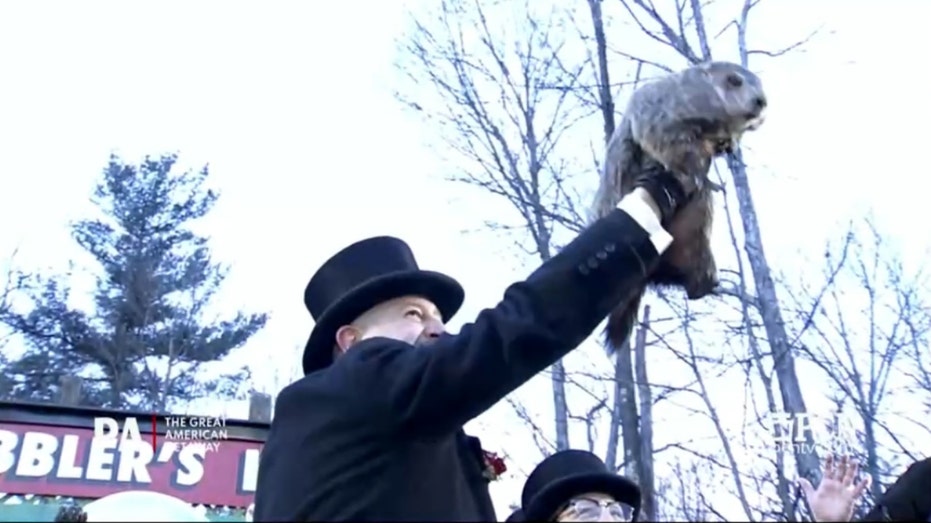
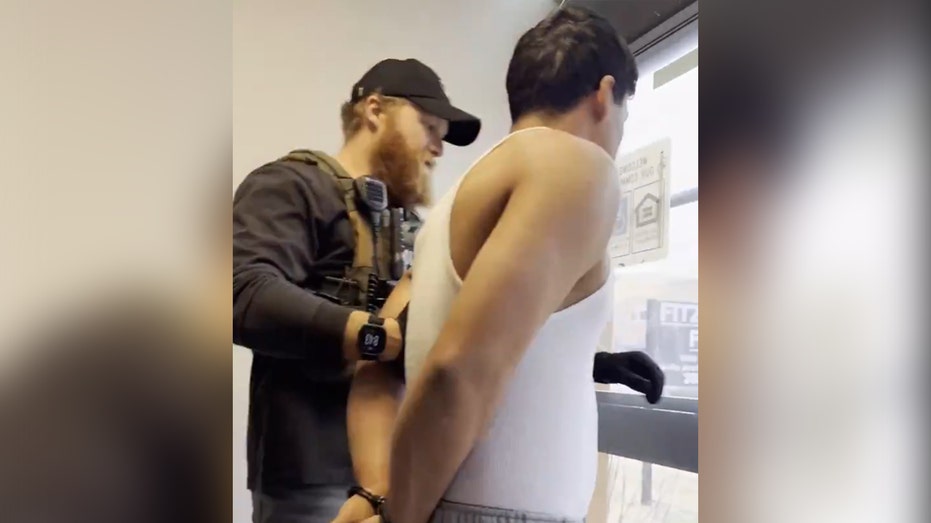

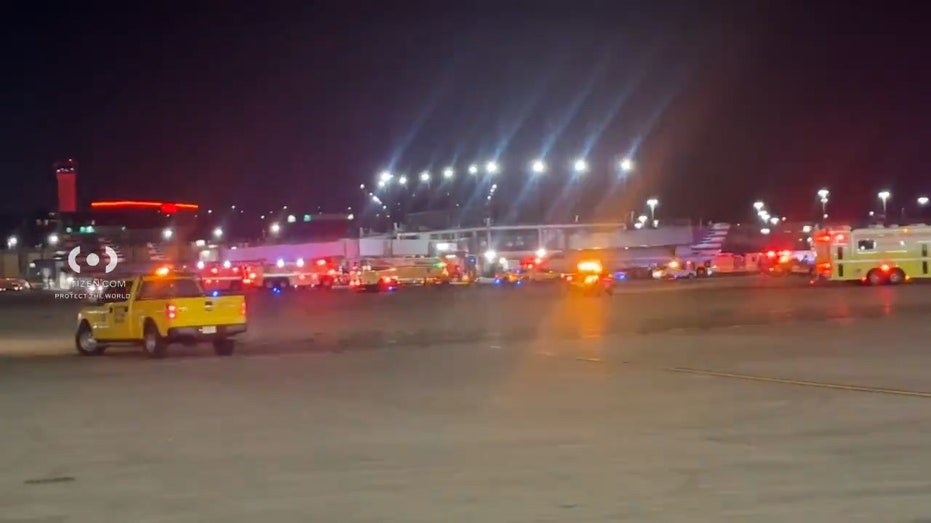





![[DEALS] iScanner App: Lifetime Subscription (79% off) & Other Deals Up To 98% Off – Offers End Soon!](https://www.javacodegeeks.com/wp-content/uploads/2012/12/jcg-logo.jpg)









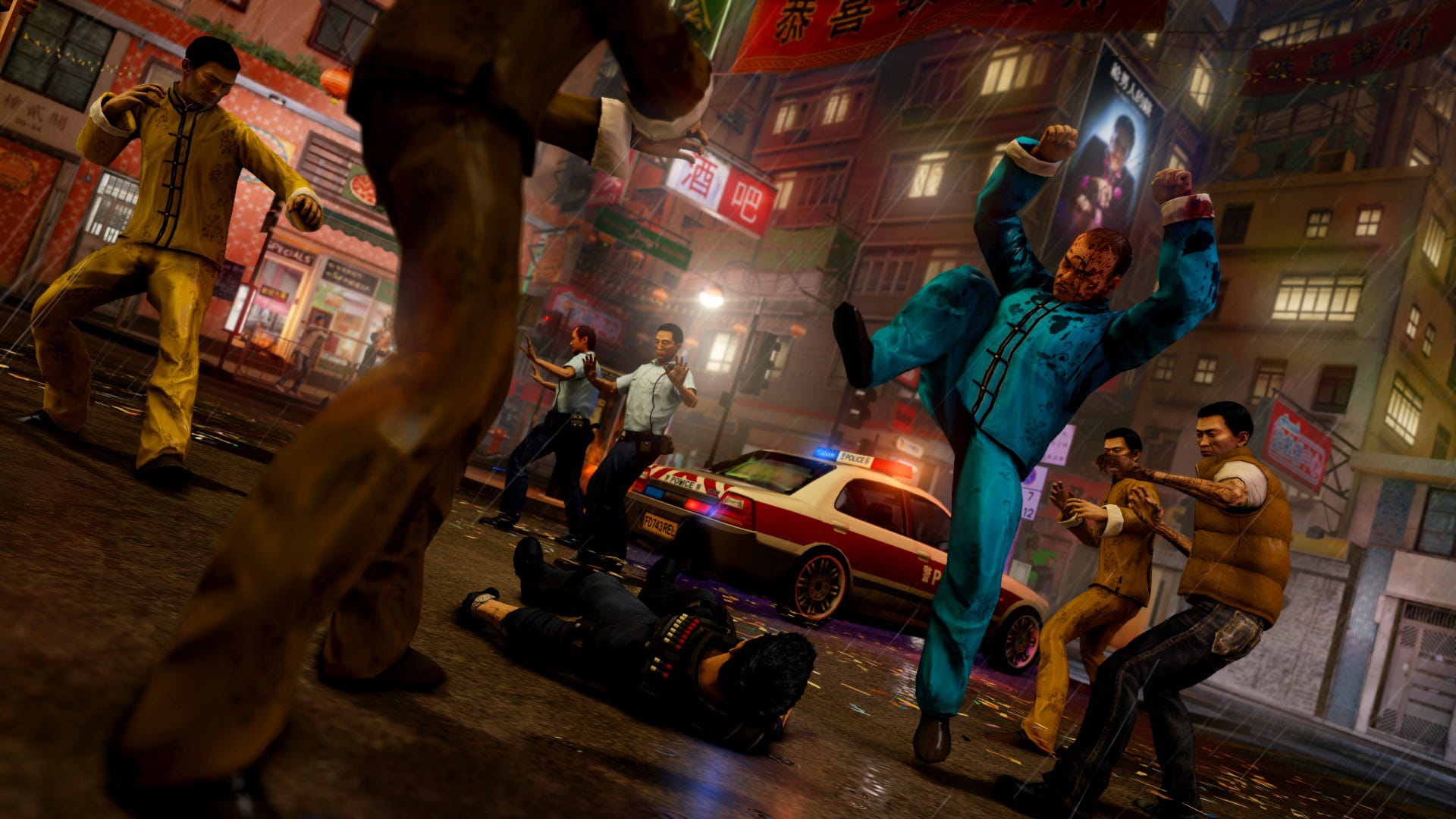
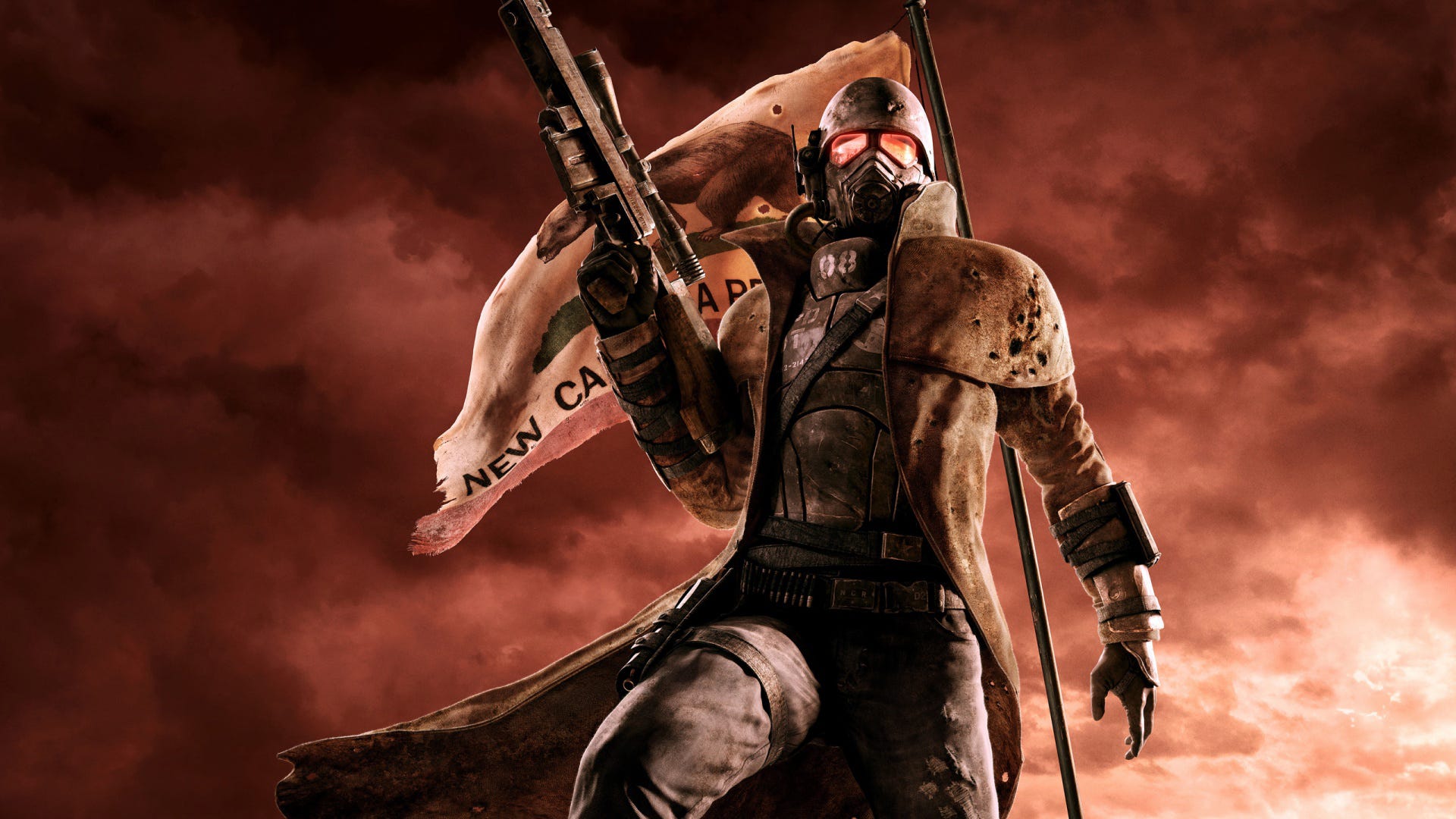
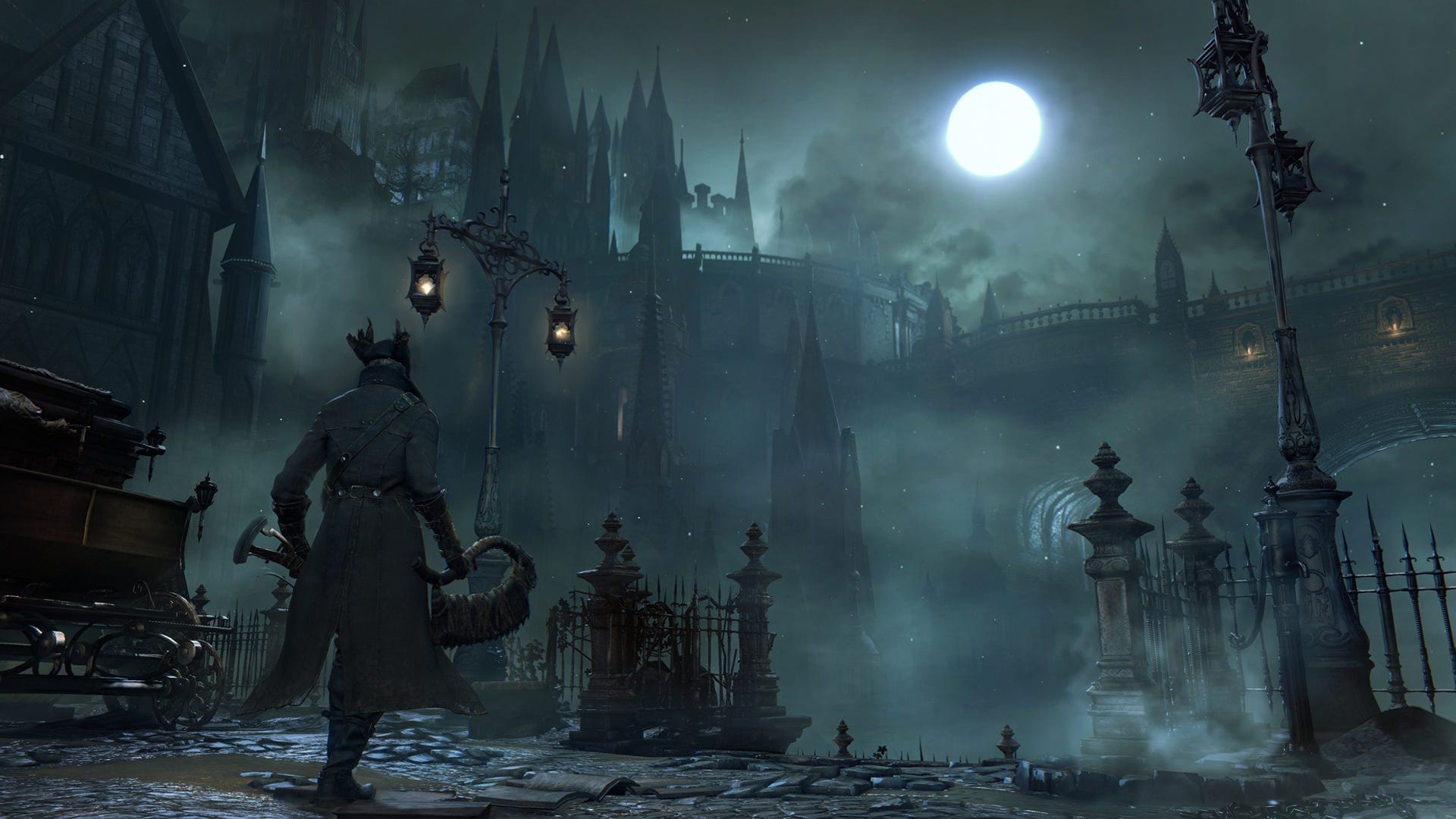
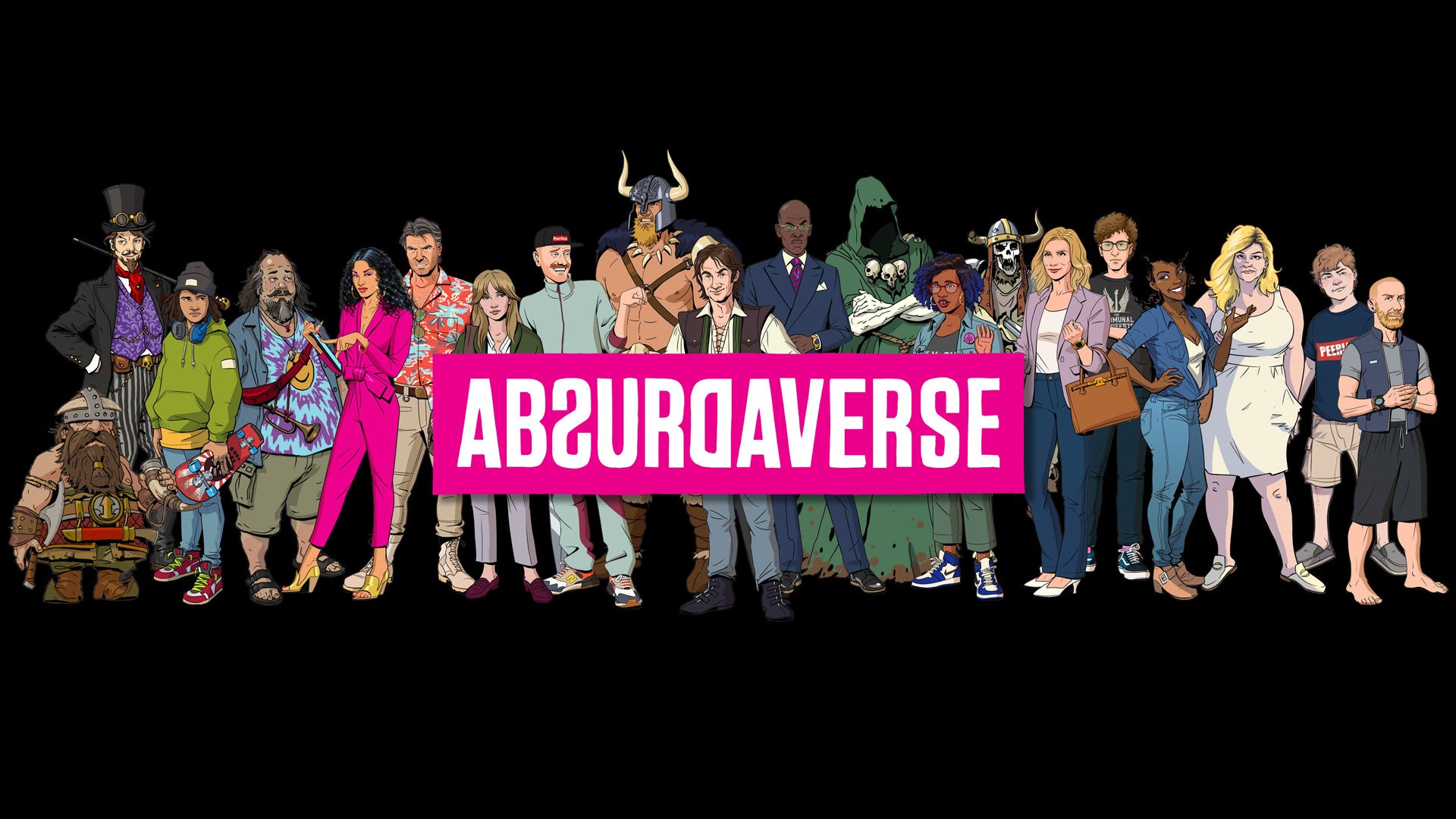





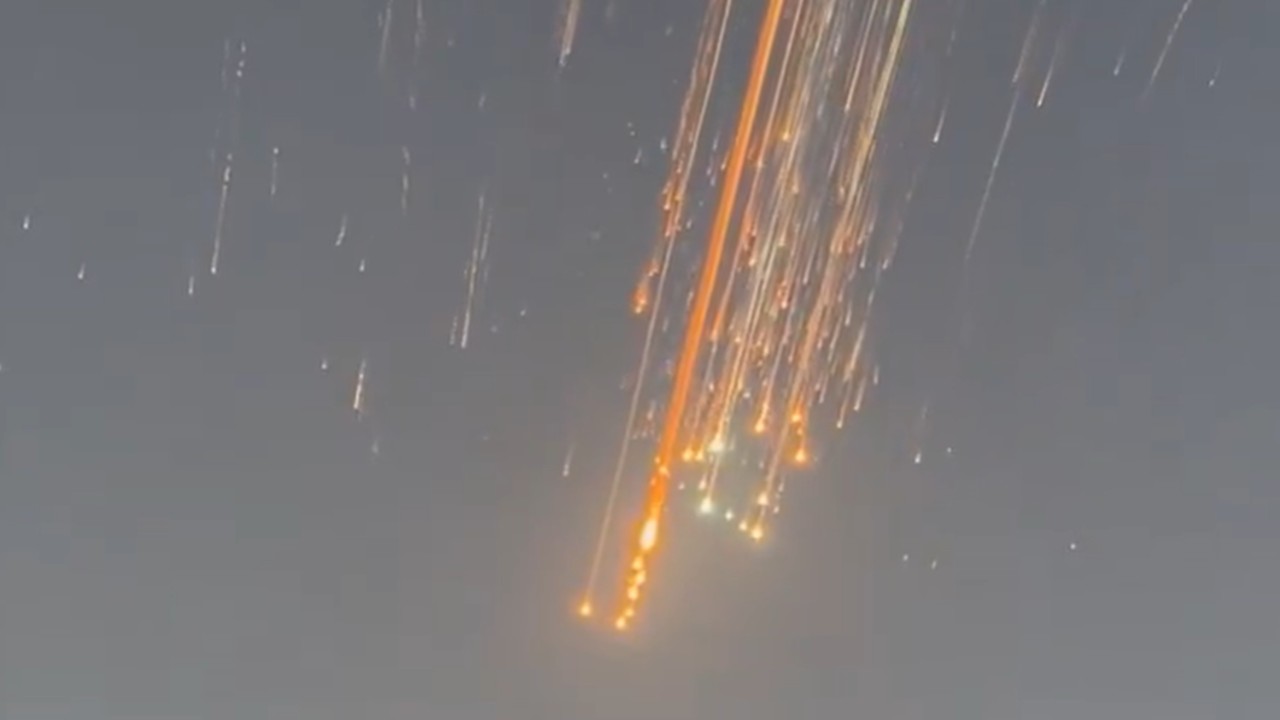
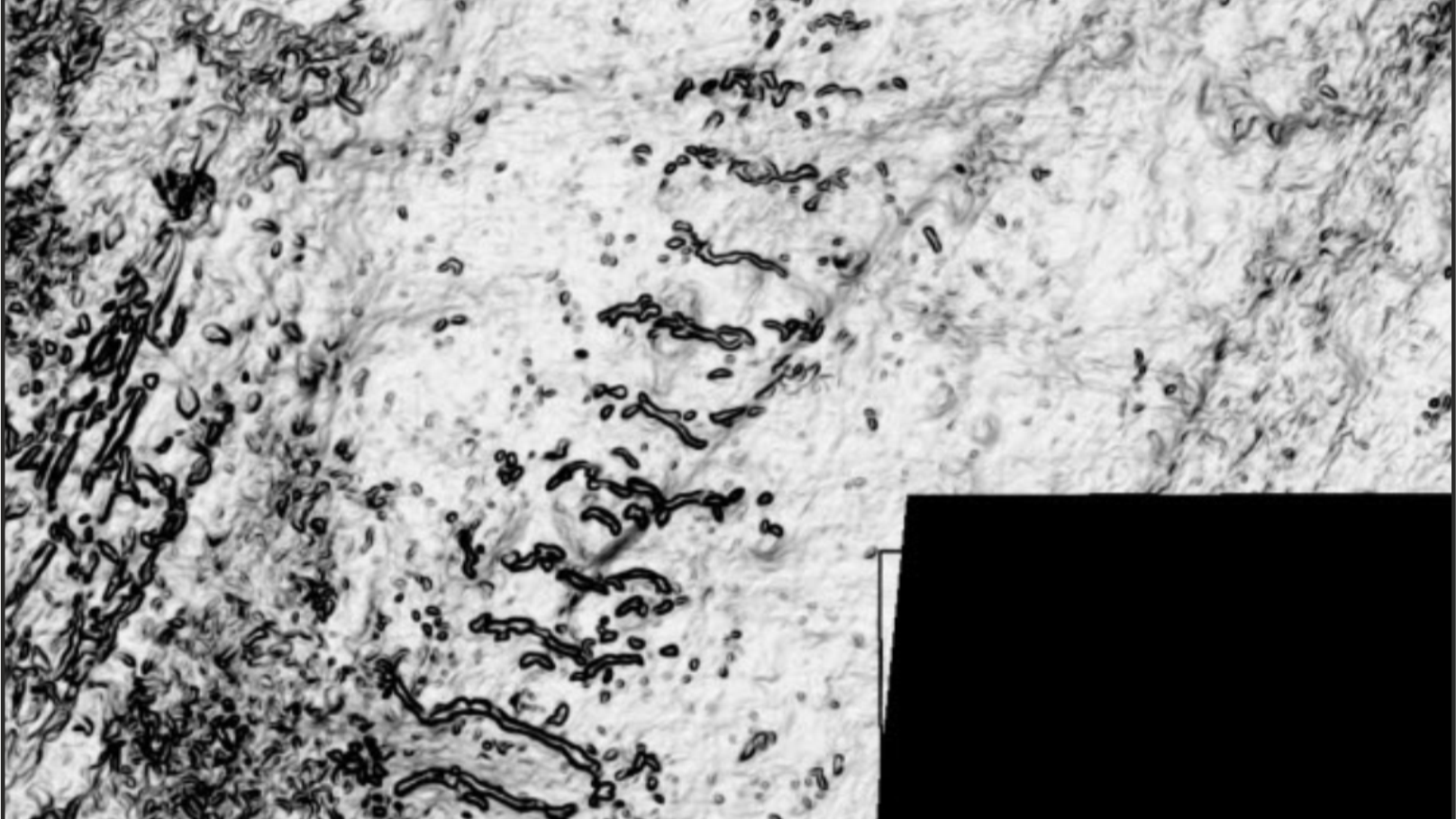
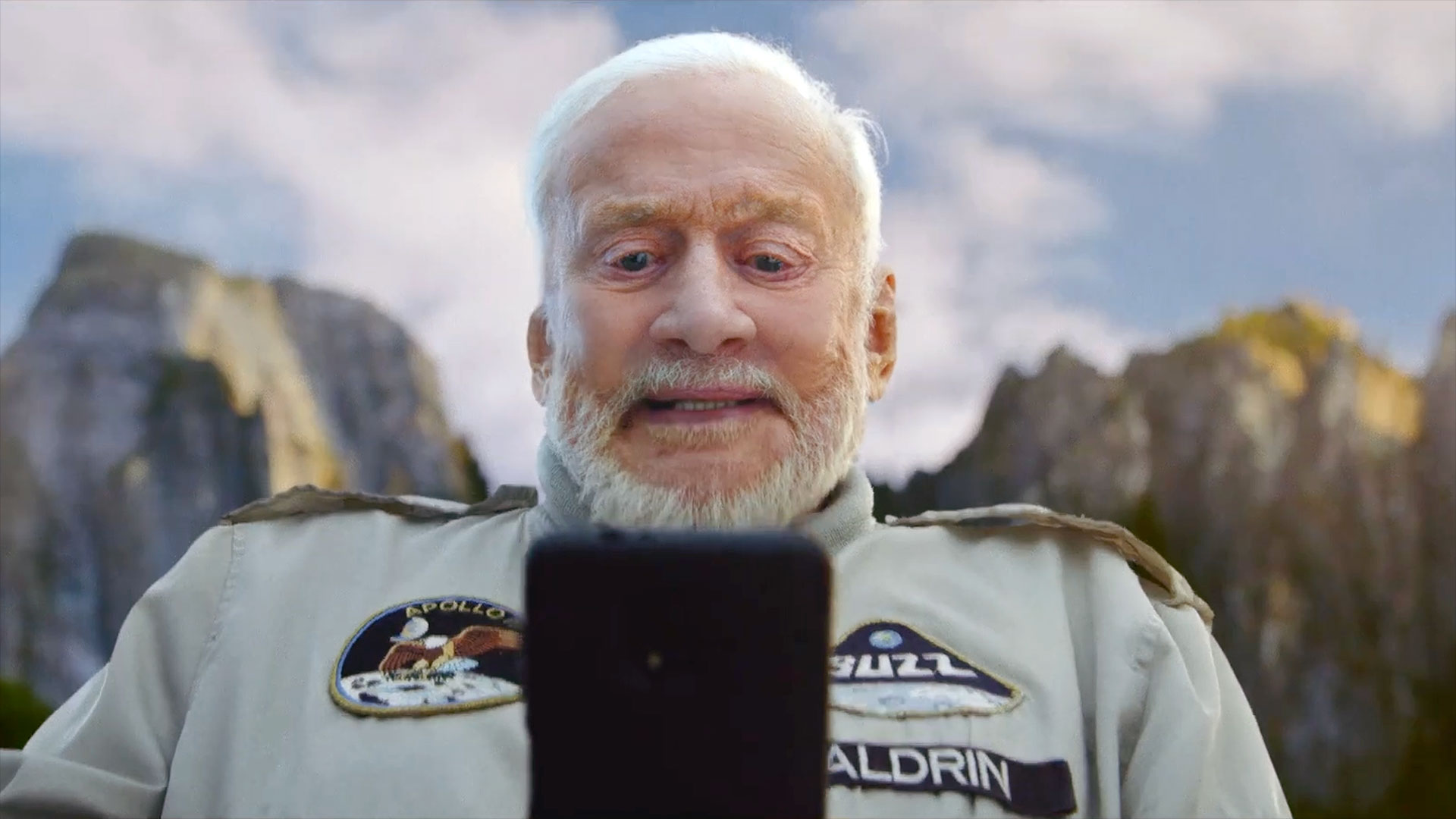




.png)




